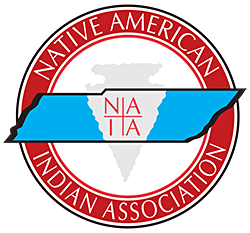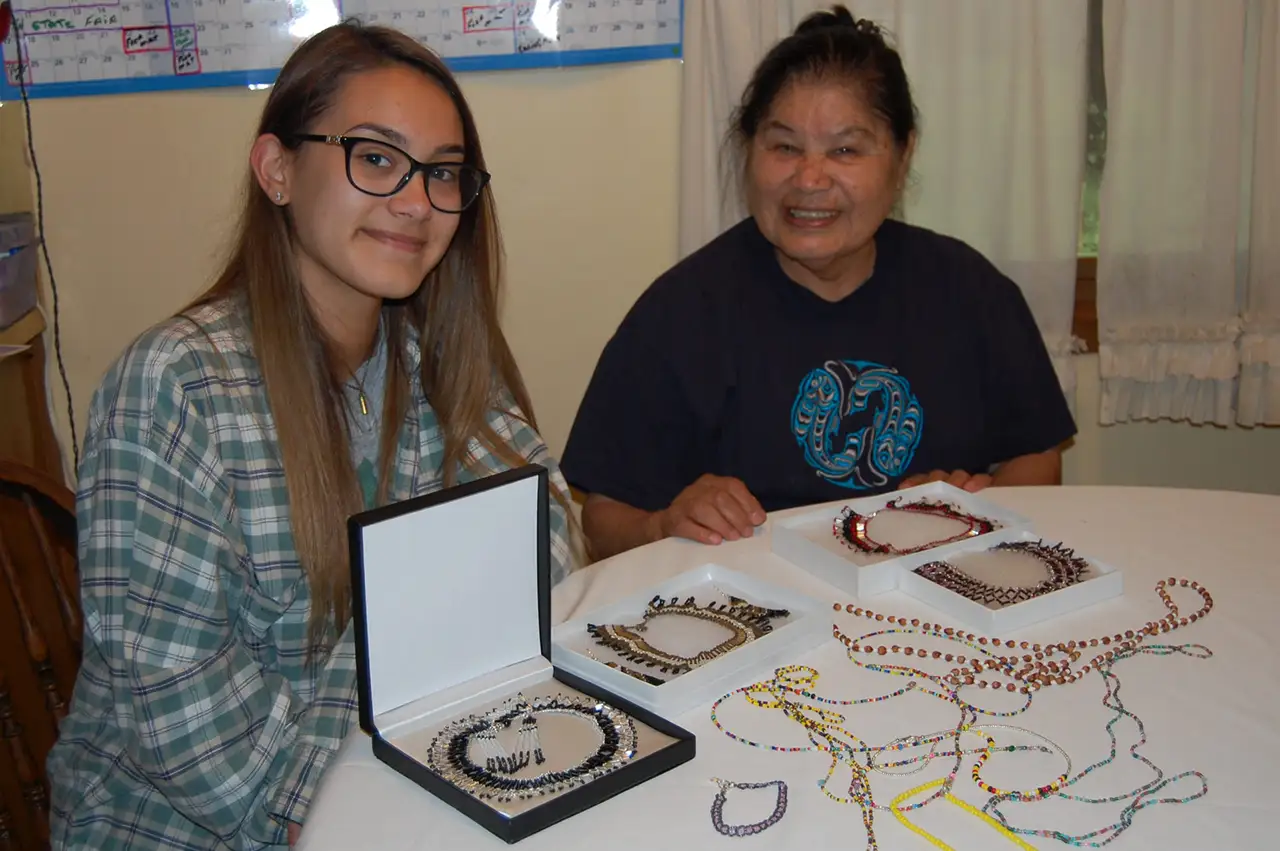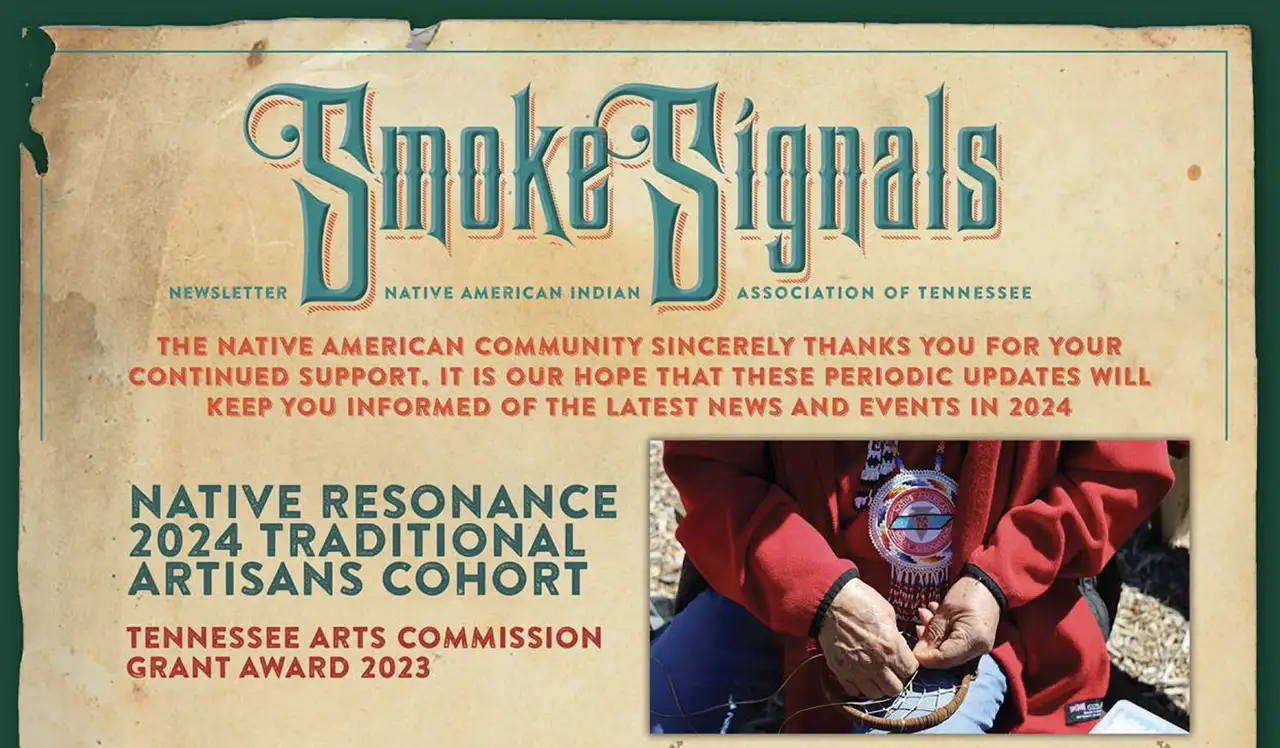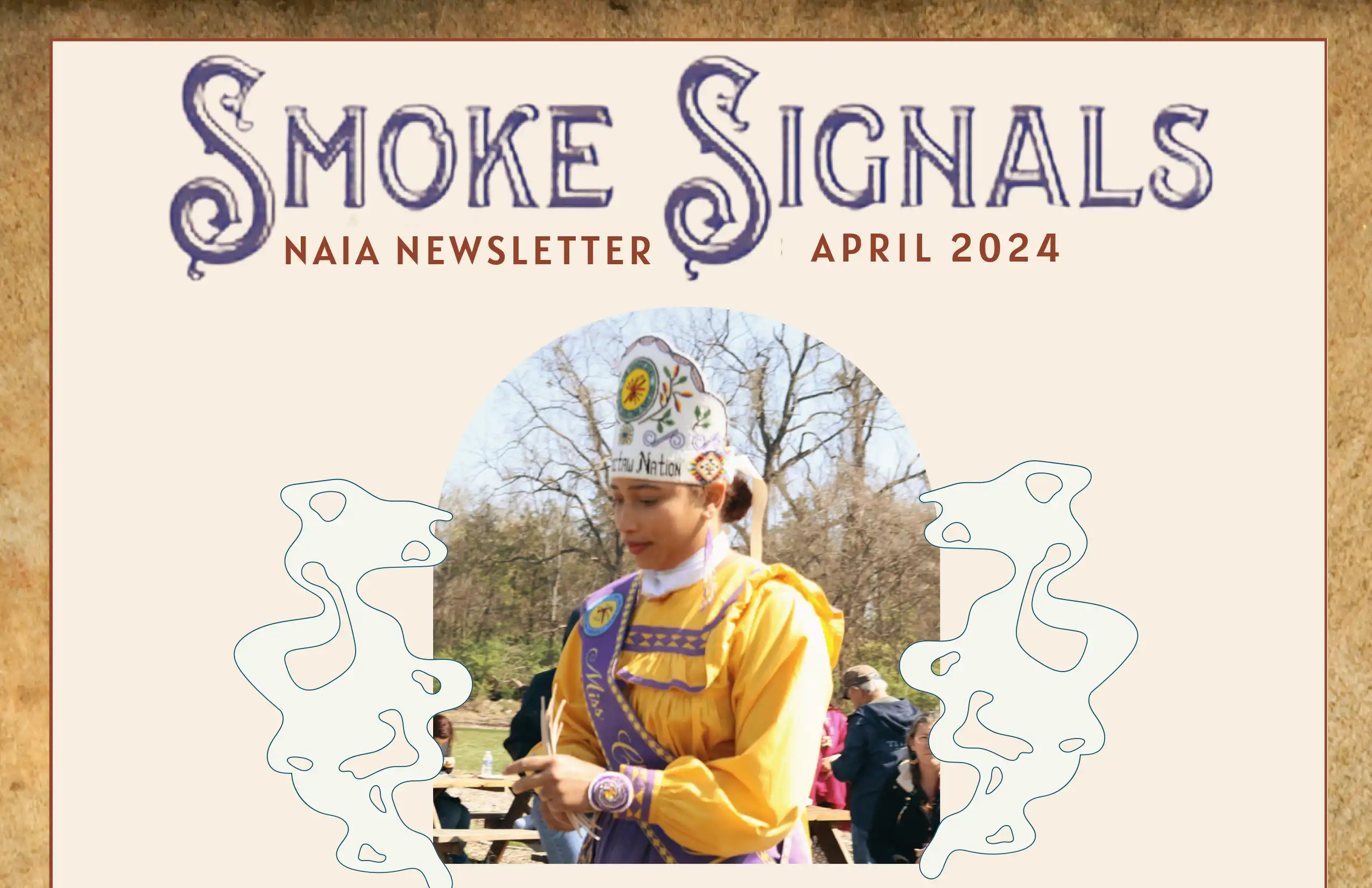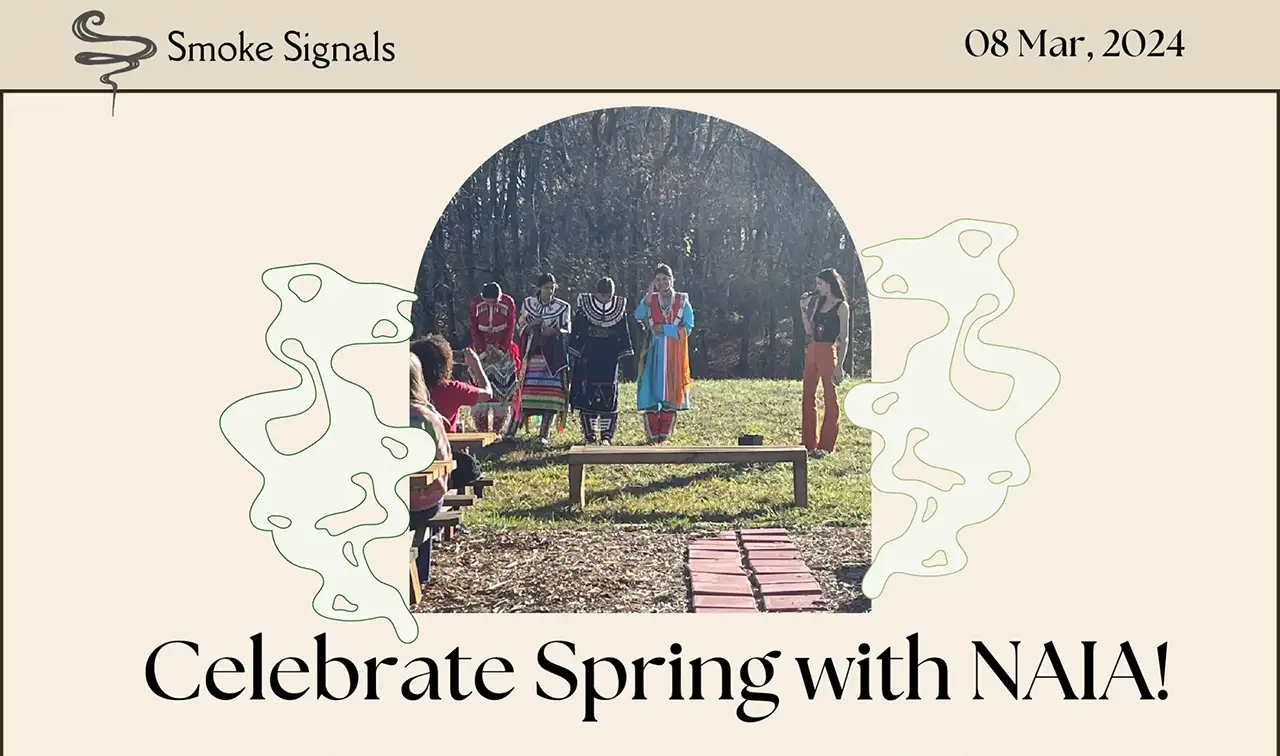Wells and Dean: Choctaw Beadwork with the Tennesseee Arts Commission
Members of the Mississippi Band of Choctaw Indians, master beadworker Sally Wells and apprentice Madison Dean will work together to pass down the art of traditional beadwork, crafting headbands, collar necklaces, bracelets and other beaded jewelry worn with women’s ceremonial clothing. Wells states, “I was taught by my mother as a little girl and I have been doing this most of my life.” A group of Mississippi Choctaw relocated to Ripley in West Tennessee in the 1950s and have since established a strong ongoing Native American presence. Wells and Dean maintain ties both with the Ripley community and the Mississippi Choctaw, participating in annual pow wows and cultural gatherings. With over 36 years of volunteer work for the Native American Indian Association in Nashville, Wells coordinates the arts demonstration area for the NAIA annual pow wow. Wells says of Dean, “She is very much interested to follow our footsteps. I hope that she can teach in the Choctaw community when she has enough skill.” For her part, Dean explains, “The elders in my family have this skill. Beading is a very important aspect of my family and the Native American community. It is very important to keep our culture alive and this, I feel, is one way of doing it.” Wells frequently demonstrates and talks about Indian beadwork at schools, churches, powwows and gatherings, and plans to invite Dean with her when Dean is more proficient.

Interview:
Sally Wells, Choctaw Beadwork
What traditional art form are you teaching?
I am teaching Choctaw beadwork using seed and bugle beads, to make traditional Choctaw collar necklaces, earrings, bracelets, and hanging necklaces, that go with the clothes we wear on special occasions.
How did you learn this skill? Who taught you? How long have you been practicing it?
I was taught by my mother as a little girl and I have been doing this most of my life. I do beadwork at home and I demonstrate at pow wows, festivals and at schools. I am a member of the Mississippi Band of Choctaw Indians, some of us moved to Tennessee around Ripley in the 1950s.
Why do you believe that it is important to preserve and pass down this art form?
This is our life, making jewelry and clothing for our culture, and I pass it on down, what skill I have, in the community and to the children and grandchildren, so they would continue it.
What is the importance or role of this art form in your community? Where do you share your art form with others?
I have 36 years of volunteer work for the Native American Indian Association in Nashville and I coordinate the arts and demonstration area for our pow wow every year. I work with Native artists from different tribes across the country to demonstrate their skills. I am asked to speak to students at public schools in Middle Tennessee to explain to them about Choctaw beadwork and all that goes into it and about my culture. I do beadwork with the other ladies at our annual Choctaw gathering in Mississippi.
Have you taught before?
I taught my grandchildren when they were old enough. I would teach more but I have a business to run since I am retired from the Federal Government Department of Indian Health Services.
Tell us about your apprentice.
The student I have is my granddaughter. She is very much interested to follow our footsteps. She is working on a few little pieces. She knows how to use the loom but she doesn’t do a lot of hand work, which I will teach her. I hope that my granddaughter can teach in the Choctaw community when she has enough still.
Madison Dean, apprentice
What is the traditional art form you are learning? How did you become familiar with it?
The traditional skill I wish to learn is how to make beaded jewelry. This is a skill I have watched my grandmother perform many times. The elders in my family have this skill.
How long have you been practicing this traditional art? Who taught/influenced you?
I have been practicing this traditional art for 10 years. It was my grandmother who influenced my love for beading.
What are your goals while working with this master?
To learn from my grandmother would benefit me in a couple of ways. One would be to improve my skills that I already have, and to learn more skills. Another way it would benefit me is I would become closer to her.
Why do you believe it is important to pass this tradition on?
Beading is a very important aspect of my family and Native American community. It is very important to keep our culture alive, and this, I feel, is one way of doing that.
How are you sharing this tradition with the public and how will you pass it down yourself?
My plans are to have a demonstration booth at the Pow Wows that I attend. I would also like to teach classes for others to learn this aspect of my culture.
